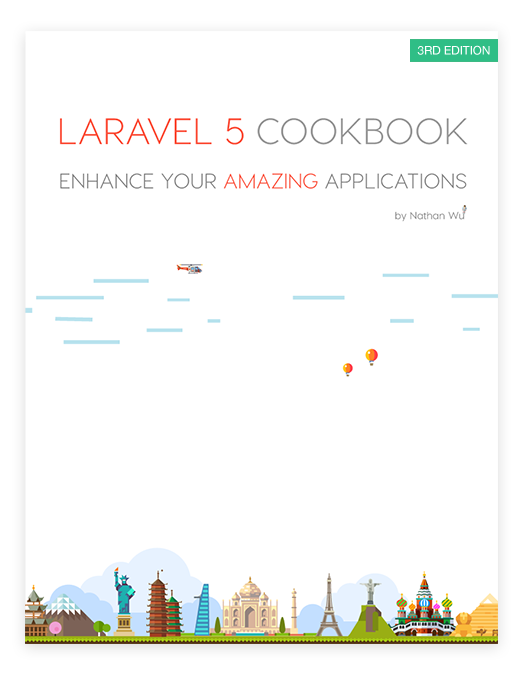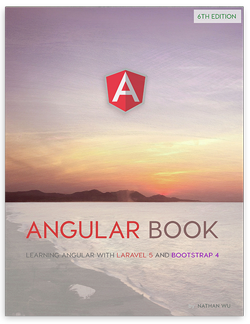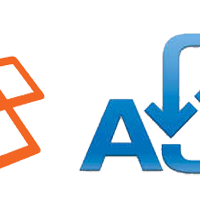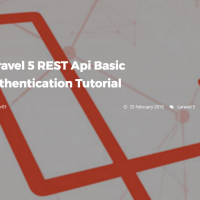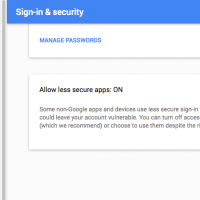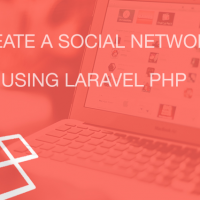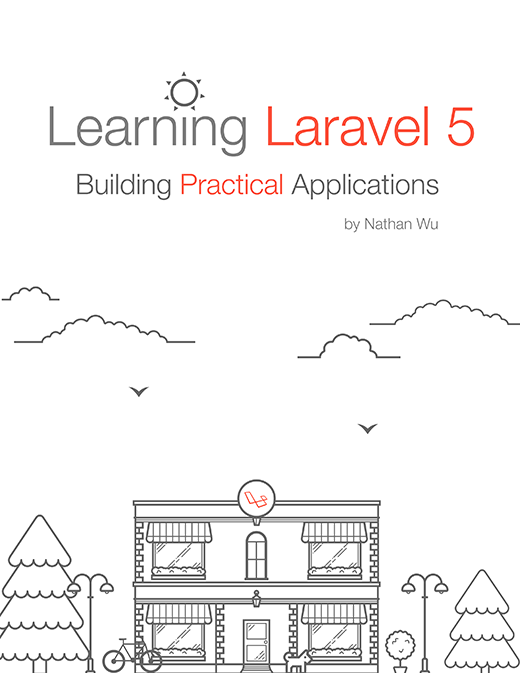Why And How To Use Swagger With Laravel Based RESTful API
When writing an API, it’s always a good idea to give the API users an interactive visualization of your complete API. Things can get more awesome if the interactive tool can be used as a playground to test your API. Google’s OAuth 2.0 Playground is a good example of it.
Recently at Cloudways, we started to create an API for Cloudways Platform and we wanted to give our customers the most convenient tool to explore our API. For this purpose, we evaluated different frameworks and finally went for Swagger.
Laravel Swagger RestlerSwagger is a language/framework agnostic ecosystem to produce and visualize RESTful APIs. These days, Laravel and Lumen are becoming the most widely used frameworks for creating PHP based web apps and APIs, and we were expecting some out of the box support for these in swagger but couldn’t find any. Anyway, we found Swagger UI and Swagger Specification very user-friendly and went on to write the specification manually for our API.
InstallationYou can easily install Swagger UI by either downloading or cloning the repo. After that, just open “./dist/index.html” in your browser. Learn more about customization here .
SpecificationSwagger specification consists of a YAML or JSON file. Swagger Editor ( a context aware Swagger specification editor) can certainly help you in the process but you can also use the text editor of your choice. Here is a sample of the YAML file
swagger: '2.0'
info:
title: Cloudways API
description: Move your app forward with the Cloudways API
version: "1.0.0"
host: cloudways.com
schemes:
- http
basePath: /api/v1
produces:
- application/json
tags:
- name: "User"
- name: "Authentication"
description: "API Authentication related calls"
paths:
/auth/login:
post: Link:
This post is submitted by our members. Submit a new post.
Tags: Tutorials Laravel 5 Laravel 5.1




